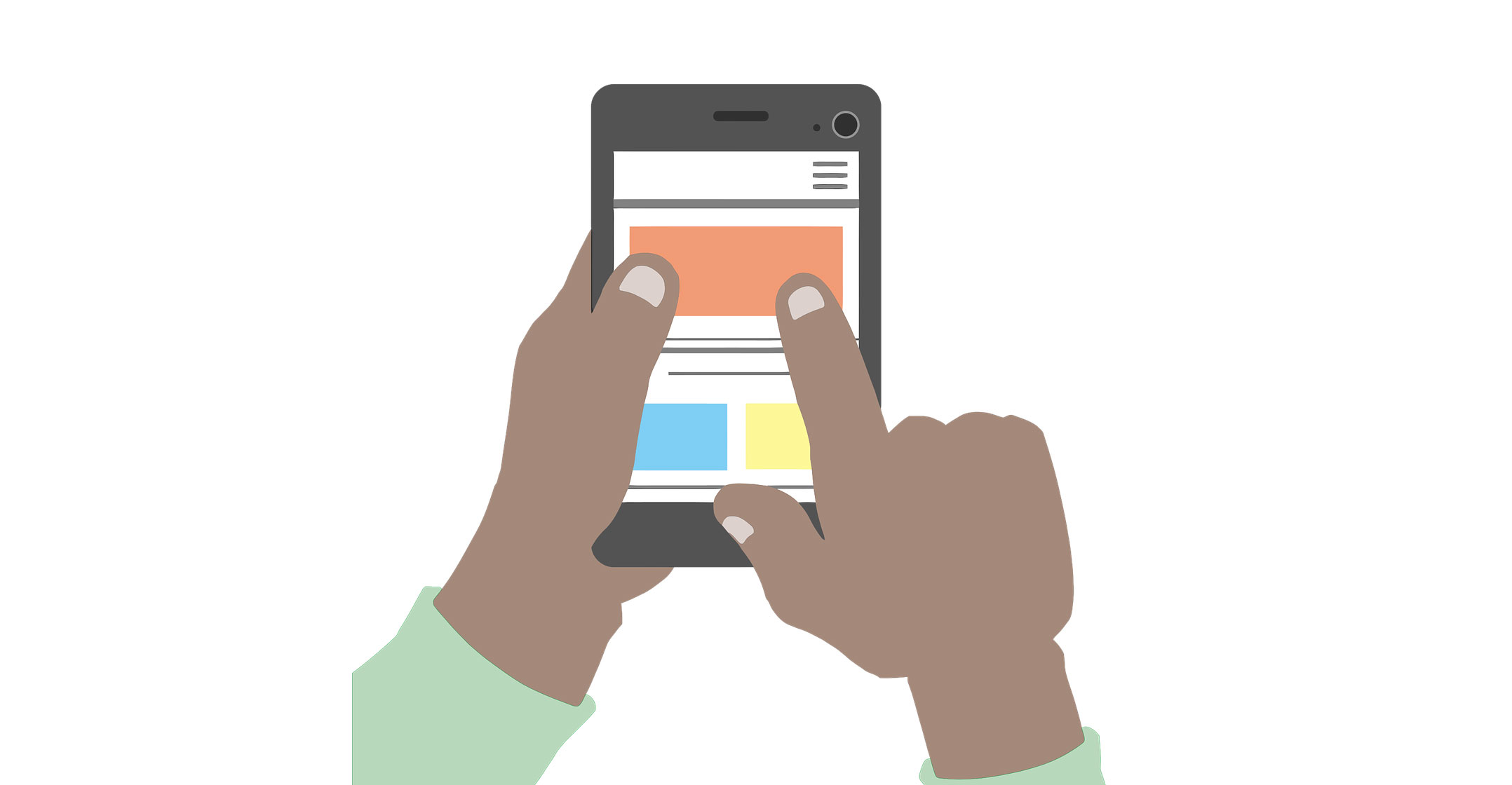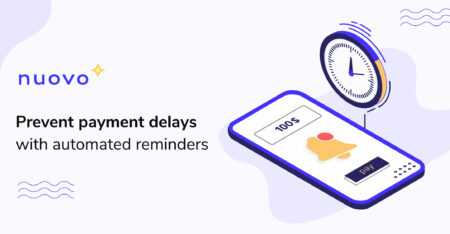
The argument around the digital divide has been around for a long time. In the 1990s, the term came into existence to address the very critical and upcoming divide that was foreseen considering the drastic difference in technology adoption across various geographies and social layers. It still exists and the efforts to bridge them are continuously encouraged.
In this article, we will discuss the context of the digital divide in 2021, its repercussions, and how NuovoPay helps to curb it.
As real as it gets
The earlier, most common perception of the digital divide was based on Internet accessibility. The term has evolved since then and today has a broader meaning. The technological means that were used as a reference for the digital divide include access to telephone, television, smartphones, computers and reliable Internet access.
The digital divide refers to the considerable gap that exists between people who have the access to information, resources and opportunities with the use of technology, and the ones that do not. The digital divide might seem like a concept limited to how technology impacts the knowledge and skill-set improvement processes; in reality, it is what keeps individuals away from socioeconomic changes, limits their participation in policy making — be it social or financial — diminishing their chances to truly participate in democratising the future.
The digital divide can exist within a country as well as can be observed globally. The global digital divide is the obvious difference that we see between countries that have access to the latest technology and those that are severely underserved. Within a country or even a city, the digital divide can be observed between different socioeconomic classes.
Even in the US, where technology adoption is considered to be all-encompassing, the digital divide can be observed based on income, racial, gender and age differences. Also, people living in urban areas have better and easier access to tech than the ones living in rural areas.
This observation, when juxtaposed with the sweeping disparity between countries like the US and those in the developing world, seems more critical and needs immediate attention. The rising need for e-learning and remote education further highlights the digital divide and the need to curb it. Smartphones and the Internet are no longer only necessary to open the world of opportunities for adults, but also form an integral part of primitive education and schooling.
With Covid-19 further pressing for the need for telemedicine, telehealth and remote education, curbing the digital divide is no longer an activity that society can postpone. It needs to be addressed to ensure the basic needs of humans, such as access to healthcare and education, are met, across the globe.
Mobile phones: The easiest way to get started
Some of the key factors that can help in overcoming the digital divide include enabling universal access to technology and the Internet within all communities alike, building extensive public infrastructure to uphold the same, and penetrating technology learning and education deeply through well-equipped educators.
While building an infrastructure with computers can be expensive, requiring more space and limiting the mobility of the entire setup, mobile phones — particularly smartphones – are an excellent way to increase digital penetration.
Smartphones are easy to procure, carry around and maintain. With smartphones having almost every computational capability as a laptop computer, smartphones are looked at as the best way to curb the impending digital divide. People can surf the Web for learning or work, take courses for upskilling, look for jobs, connect to global communities, shop online, streamline their banking, and get access to healthcare via telehealth.
 Smartphone accessibility: The challenges
Smartphone accessibility: The challenges
Making smartphone accessibility more prevalent in underserved areas and geographies has its own set of challenges. The principal purchase cost of modern smartphones is not affordable for all, especially in demographics where the digital divide is observed due to economic disparity. In countries such as the US, Canada or other developed nations, device financing and leasing is the most commonly observed option that the majority or the population tends to choose. This reduces the initial investment an individual has to make to obtain a smartphone.
However, in countries that do not have a centralised credit score system, or where the majority of the population does not have a substantial credit history, device financing is ruled out because of being too risky for the device financing companies. This is clearly why device financing is still not as popular as it could be in regions such as Asia-Pacific and Africa.
The device financing companies, telecommunications operators and other financial institutions do not have a reliable way to secure their financed devices and the underlying EMI payments, preventing them from introducing the system in the first place.
An opportunity to curb the digital divide wasted because of a lack of a solution that could de-risk device leasing.
Enter NuovoPay: Increasing technology accessibility
NuovoPay is a tool that is designed to curb the digital divide by de-risking the device financing model with a proprietary remote-locking technology. NuovoPay centralises the payment logs of financed devices and enables the financing companies to block access to the financed smartphones for failed EMI payments.
When we built NuovoPay, our mission was to not only popularise device financing and leasing as a model, encouraging more finance companies and telcos to enter the market; but also to ensure that the individuals that do not have access to technology due to the lack of cash or financing options are not left out of the scope of digital enablement.
With NuovoPay, individuals with no past credit history can have access to smartphone financinga. The financing companies, on the other hand, can shred away their hesitation against device leasing since NuovoPay serves as the “remote recovery agent” for the leased devices.
Learn more about how NuovoPay solves the device financing challenges.
Closing thoughts
Technology can act as the biggest equaliser and hence bridging the digital divide should be on the top of our agenda, as a global community. With NuovoPay, taking baby steps with smartphone accessibility is now possible.
Get started by scheduling a free live demo where you will get all your questions answered.
About the author
Swapnil Shete is a product marketing manager at Nuovopay. He has a passion for design and technology and focuses on optimising the marketing funnel. When he isn’t working, Shete loves to evaluate different software-as-a-service solutions in the marketing and sales domain.
- This promoted content was paid for by the party concerned




